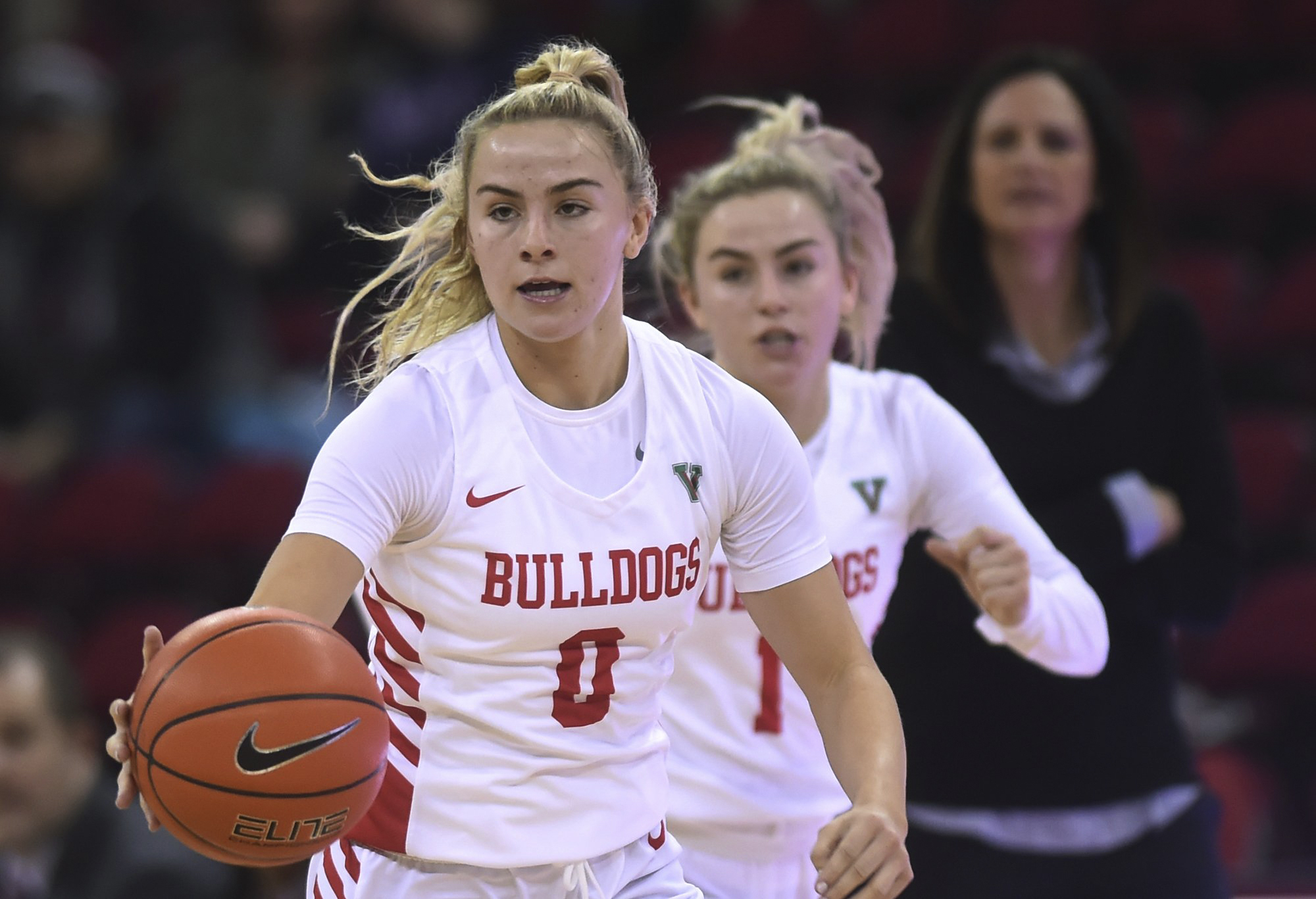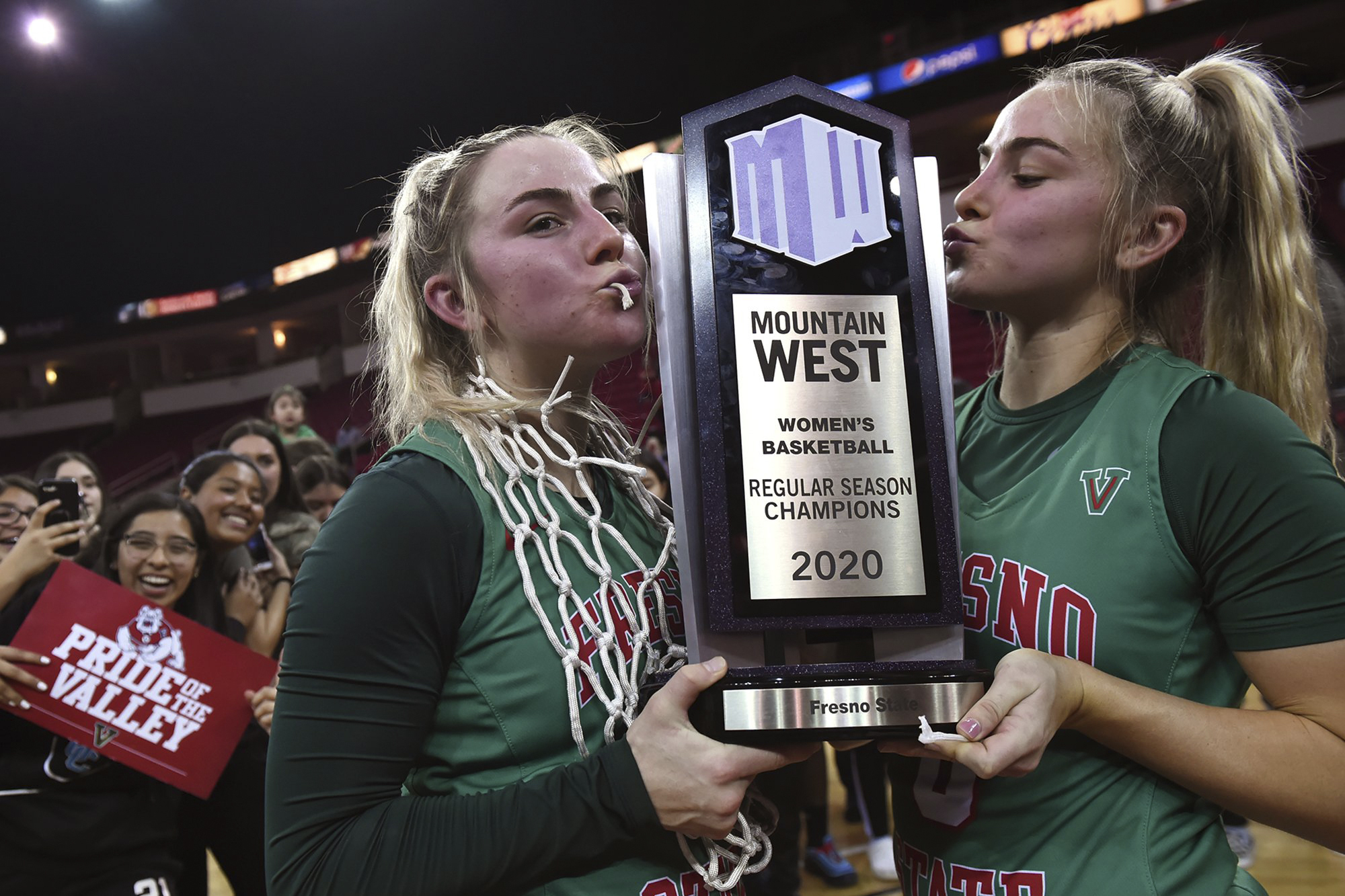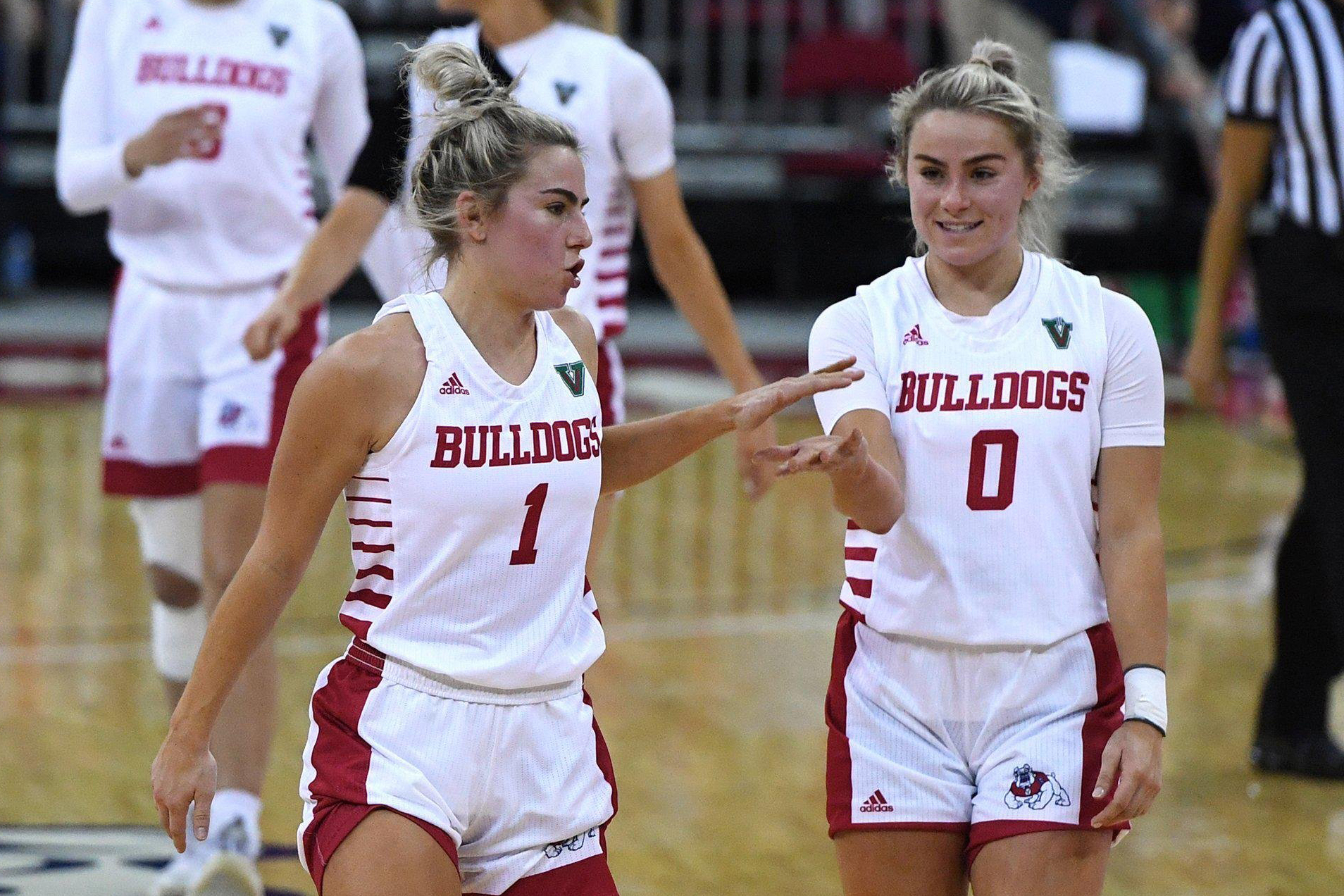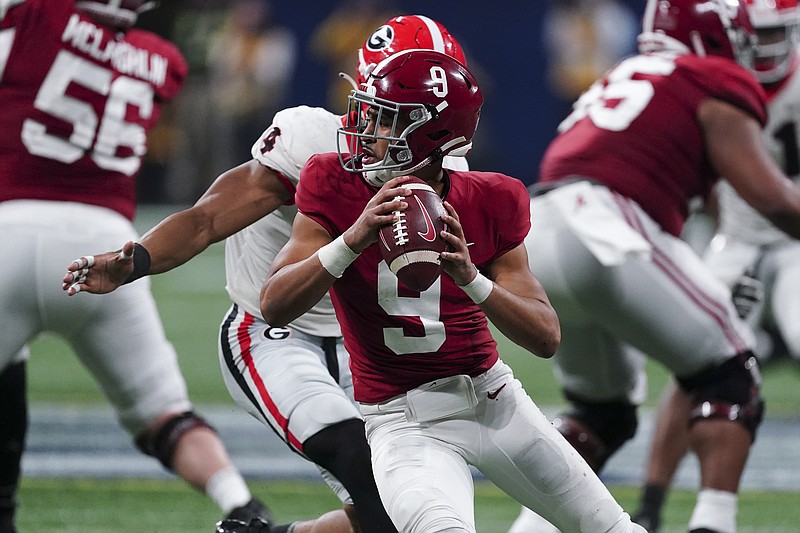Male athletes are leading the way six months after the NCAA cleared the way for college athletes to earn money on their celebrity.
They lead in total name, image and likeness compensation and have more NIL deals than women, according to third-party data from July 1 through Dec. 31 for some 125,000 athletes -- about a quarter of the nearly 500,000 in the NCAA's three divisions.
NIL opportunities are clearly uneven, among genders and Power Five schools.
The Washington State women's volleyball team, for example, has zero deals. Several of its international players are not eligible for them but Coach Jen Greeny, whose teams have gone to the NCAA Tournament six consecutive seasons, said women's teams just don't seem to be a priority.
"I am not aware of anyone that has approached any of our players, and we are [the] most successful sport at Washington State," Greeny said. "So, it is a little bit disheartening."
Men's sports make more money -- often enough to help fund other sports -- and have a much larger presence on TV and in media, so it's natural that businesses look to those athletes for the best return on investment, sports management experts say.
"It's a man's world. We're just trying to find our place in it," said professor Ketra Armstrong, director of the University of Michigan's Center for Race and Ethnicity in Sport and a member of the Michigan Task Force on Women in Sport. She added: "For women to break into this, it has to be strategic. It has to be intentional. It almost has to be unusual."
There is no public clearinghouse that tracks NIL compensation and activity, so the true size of the fledgling industry is somewhat unknown. NIL tech platform INFLCR declined to give an exact figure, but said athletes using its system have reported deals totaling "eight figures."
Most schools have balked at releasing details provided by their athletes, citing privacy concerns, though Ohio State said this week that 220 athletes had been paid a total of $2.98 million for 608 reported NIL activities since July 1.
INFLCR and Opendorse -- another company that got into the industry early -- have released some gender- and sport-specific details. The companies say they don't track deals by race or ethnicity.
Male athletes in Division I reported more NIL deals than female athletes -- 59% of the total, according to data from July 1 through Dec. 31 from INFLCR. Its data is based on transactions that have been reported by athletes in the INFLCR system -- more than 70,000 across 200-plus schools.
Opendorse, meanwhile, found that Division I male athletes grabbed 67.4% of total NIL compensation compared with 32.6% of women through Dec. 31, citing data for some 55,000 athletes across more than 575 schools.
The NIL era allows athletes to tap the free market under broad rules in place from the NCAA, states and schools. Title IX, the federal law that requires athletic departments to provide general equivalence for men and women, does not apply because schools are not striking the deals.
"It's going to be up to whoever decides to pay the kid, sponsor the kid, endorse the kid, whatever it might be, that's their decision," said Matthew Robinson, a professor of sport management at Delaware.
That has so far favored male athletes, though INFLCR CEO Jim Cavale said "if you remove football from the equation, transactions or activities disclosed by female student-athletes make up more than 50% of the total for all other sports."
Five women's sports rank in the top 10 for NIL activities, based on INFLCR and Opendorse data: track and field, volleyball, basketball, soccer and softball.
Opendorse said six women's sports are also in the top 10 for NIL compensation, led by women's basketball (26.2%), which is behind only football (45.7%) and ahead of men's basketball (18%). Those three sports make up about 90% of total NIL compensation.
The vast majority of NIL deals are modest: Average compensation across all three divisions, per INFLCR, was $1,291 overall through Dec. 31, with a median compensation of just $51. Opendorse said the average compensation for a Division I athlete was $1,036 at the end of 2021.
 Fresno State's Hanna Cavinder, left, with sister Haley Cavinder, center, and head coach Jaime White, background right, in the game against UC Merced on Dec. 28, 2019, in Fresno, Calif. It is a man's world six months after the NCAA cleared the way for college athletes to earn money on their celebrity. Men lead the way in total name, image and likeness compensation and have more NIL activities than women. (Eric Paul Zamora/The Fresno Bee via AP)/The Fresno Bee via AP)
Fresno State's Hanna Cavinder, left, with sister Haley Cavinder, center, and head coach Jaime White, background right, in the game against UC Merced on Dec. 28, 2019, in Fresno, Calif. It is a man's world six months after the NCAA cleared the way for college athletes to earn money on their celebrity. Men lead the way in total name, image and likeness compensation and have more NIL activities than women. (Eric Paul Zamora/The Fresno Bee via AP)/The Fresno Bee via AP) Fresno State's Haley Cavinder, left, and her sister Hanna Cavinder, right, pose with the Mountain West Conference regular season champions trophy after defeating San Jose State in an NCAA college basketball game on Feb. 12, 2020, in Fresno, Calif. It is a man's world six months after the NCAA cleared the way for college athletes to earn money on their celebrity. Men lead the way in total name, image and likeness compensation and have more NIL activities than women. (Eric Paul Zamora/The Fresno Bee via AP)
Fresno State's Haley Cavinder, left, and her sister Hanna Cavinder, right, pose with the Mountain West Conference regular season champions trophy after defeating San Jose State in an NCAA college basketball game on Feb. 12, 2020, in Fresno, Calif. It is a man's world six months after the NCAA cleared the way for college athletes to earn money on their celebrity. Men lead the way in total name, image and likeness compensation and have more NIL activities than women. (Eric Paul Zamora/The Fresno Bee via AP) Fresno State's Haley Cavinder, left, with Hanna Cavinder, right, celebrate during an NCAA college basketball game game against Boise State on Jan. 23, 2021, in Fresno, Calif. It is a man's world six months after the NCAA cleared the way for college athletes to earn money on their celebrity. Men lead the way in total name, image and likeness compensation and have more NIL activities than women. (Eric Paul Zamora/The Fresno Bee via AP)
Fresno State's Haley Cavinder, left, with Hanna Cavinder, right, celebrate during an NCAA college basketball game game against Boise State on Jan. 23, 2021, in Fresno, Calif. It is a man's world six months after the NCAA cleared the way for college athletes to earn money on their celebrity. Men lead the way in total name, image and likeness compensation and have more NIL activities than women. (Eric Paul Zamora/The Fresno Bee via AP)
